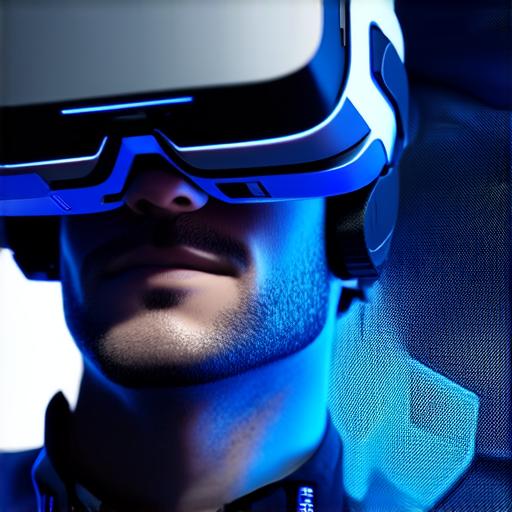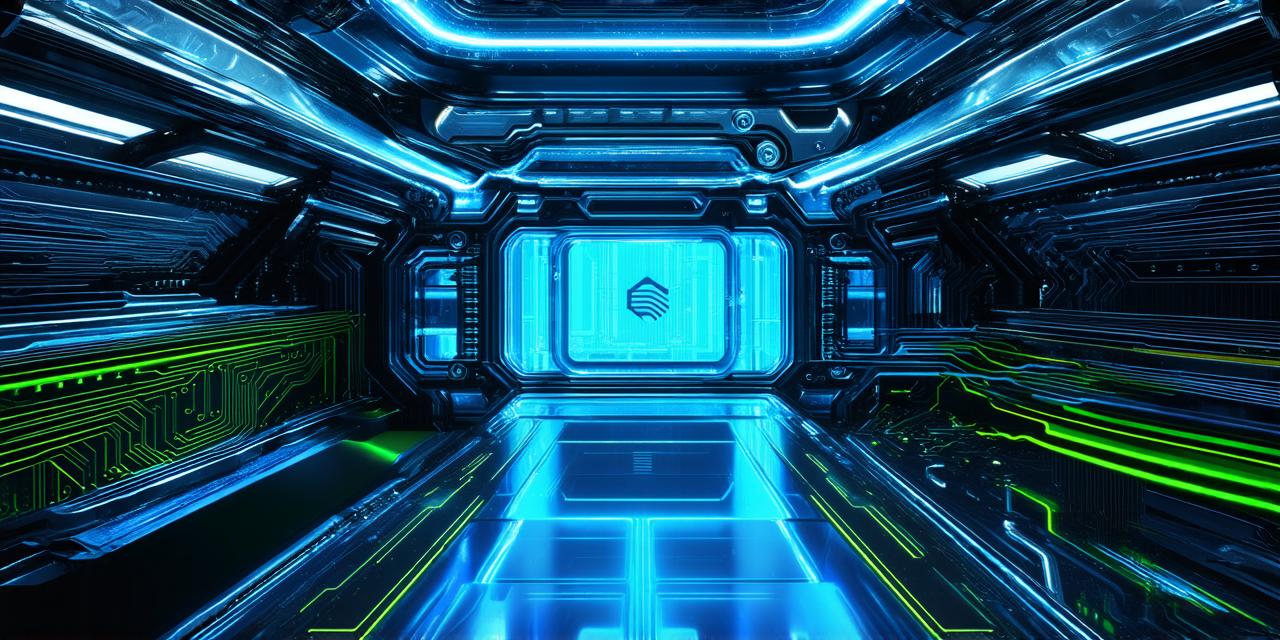Complete guide for Civil 3D API developers

Introduction:
Civil 3D is an advanced software package that provides a comprehensive set of tools for civil engineering, surveying, and construction management. It enables users to create and analyze 3D models of infrastructure projects, offering a powerful solution for managing complex projects from start to finish. However, Civil 3D also offers an extensive application programming interface (API) that enables developers to create customized solutions for specific needs.
Getting Started with Civil 3D API Development:
Before diving into the details of API development, it is essential to understand the basics of Civil 3D. To get started, you need to have a good understanding of civil engineering concepts and software programming. You also need to be familiar with the Civil 3D software and its interface. If you are new to both civil engineering and programming, it is recommended that you take some courses or tutorials to bring yourself up to speed.
Case Study: Building a Civil 3D Application for Construction Management
One example of an application that can be built using the Civil 3D API is a construction management system. This system can help project managers track progress, identify issues, and make data-driven decisions to ensure project success. Here are some key features that can be included in this application:
- Real-time tracking of construction activities, including excavation, grading, paving, and drainage installation.
- Automated reporting on project status, including progress against schedule and budget.
- Integration with other project management software, such as Procore or Buildertrend, to provide a complete picture of the project.
- Customizable dashboards for visualizing key metrics, such as cost per square foot or labor productivity.
To build this application, you will need to use the Civil 3D API to access data from the software and perform various operations, such as data aggregation, analysis, and reporting. You can also use the API to create custom workflows and automate repetitive tasks, such as generating reports or sending notifications.
Best Practices for Civil 3D API Development
To build robust and reliable applications using the Civil 3D API, it is essential to follow best practices. Here are some key tips to keep in mind:
- Use version control to manage changes to your code and collaborate with other developers.
- Write clean and concise code that follows standard coding conventions and best practices.
- Test your code thoroughly to ensure that it works as expected and does not introduce bugs or errors.
- Document your code and API endpoints to make it easier for others to understand and use your application.
- Use error handling and logging to identify and resolve issues quickly.
Summary:
Civil 3D is a powerful software package that offers an extensive set of tools for civil engineering, surveying, and construction management. Its API provides developers with the ability to create customized solutions for specific needs. By following best practices and using case studies as examples, you can build robust and reliable applications that help project managers track progress, identify issues, and make data-driven decisions. With Civil 3D and its API, you have the power to revolutionize the way infrastructure projects are managed and built.
FAQs:
Q: What is Civil 3D API?
A: The Civil 3D API provides access to various features and functionalities of the software, enabling developers to create customized solutions for specific needs.
Q: Can I build a construction management system using the Civil 3D API?
A: Yes, you can build a construction management system using the Civil 3D API that tracks progress, identifies issues, and makes data-driven decisions.
Q: What are some best practices for Civil 3D API development?
A: Some best practices for Civil 3D API development include using version control, writing clean and concise code, testing thoroughly, documenting code and API endpoints, and using error handling and logging.


















